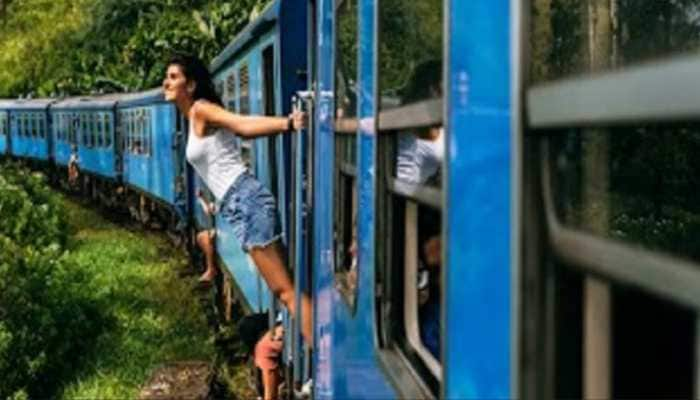ULFA cadres travelled to Pakistan in 1990s to receive training, ISI may still be active in Northeast India: Book
Many groups of ULFA cadres travelled to Pakistan during the 1990s to receive training with the help of ISI.
Trending Photos
) Representational image
Representational image Guwahati: Many groups of United Liberation Front of Asom (ULFA) cadres travelled to Pakistan during the 1990s to receive training with the help of the Inter-Services Intelligence (ISI), as per a report in Hindustan Times.
The media house quoted a new book on the spy agency ‘Faith, Unity, Discipline: The ISI of Pakistan’ by Hein G Kiessling as saying that links between Pakistan and militant groups in India’s northeastern states date back to the 1960s.
This was when Pakistan had supplied weapons to Naga militants.
He further writes that there was a temporary halt to weapons supplies after the 1971 war. But ties between Pakistan and militant groups in the northeastern states were never completely broken off.
They supposedly revitalised in the 1980s.
The historian is said to have forged contacts with Pakistani military and intelligence officials while living in the country between 1989 and 2002.
“In 1990, via the Pakistan embassy in Dhaka, the National Socialist Council of Nagaland (NSCN) and United Liberated Front of Asom (ULFA) developed contacts with the ISI… In January 1991, with the help of the ISI, several high-ranking ULFA leaders travelled to Pakistan to sign a training agreement for ULFA cadres. The ISI’s auxiliary support for operations of this kind covered more than just the training courses in Pakistan. Well in advance, new identities and fake passports had to be procured, travel routes determined and the financing of the whole operation had to be secured,” as per the book.
The book also says, as per HT, “In this way, the Pakistan embassy in Dhaka became an important ISI station, the hub of its operations in northeast India. In the ISI directorate in Islamabad, they must have been content with the results of the first training courses for ULFA fighters, since they continued through the 1990s and were extended to include other underground groups. In Thailand, after the collapse of the Khmer Rouge regime in Cambodia from the 1980s onwards, light weapons and light machine guns awaited prospective buyers, so new supply opportunities opened up. Thus in 1991 the ISI provided weapons from Thailand to a group of 240 NSCN members."
Moreover, the book quotes an unnamed prominent Naga militant (imprisoned by Indian authorities) as saying that he received $1.7 million in three instalments from the ISI in the 1990s for weapon purchases.
“In this way, the Pakistan embassy in Dhaka became an important ISI station, the hub of its operations in northeast India. In the ISI directorate in Islamabad, they must have been content with the results of the first training courses for ULFA fighters, since they continued through the 1990s and were extended to include other underground groups.”
The ISI procured weapons for the northeastern militant groups from countries such as Thailand and Cambodia, from where they were shipped to Bangladesh before being smuggled into India.
“In Thailand, after the collapse of the Khmer Rouge regime in Cambodia from the 1980s onwards, light weapons and light machine guns awaited prospective buyers, so new supply opportunities opened up. Thus in 1991 the ISI provided weapons from Thailand to a group of 240 NSCN members,” the book says.
Small boats brought the weapons to the Bangladeshi port of Cox’s Bazaar, which “became the hub for weapon supplies in the region”. NSCN and ULFA fighters fetched the weapons from Bangladesh and took them back to their bases.
An unnamed prominent Naga militant, imprisoned by Indian authorities, is quoted in the book as saying that he received $1.7 million in three instalments from the ISI in the 1990s for weapon purchases.
There are indications that the “ISI is still present and active in northeast India”, Kiessling writes.
The Assam Police in August 1999 had announced the arrest of two ISI officers and two local agents who "came from Karachi and Lahore".
“The ISI uses such agents for special missions, constructs sleeper cells, infiltrates local organisations, brings counterfeit money into the region and is responsible for acts of terror. Nor could they pass up the chance to expand their influence over madrasas in Northeast India through their network of contacts and confidants," the book says.
Stay informed on all the latest news, real-time breaking news updates, and follow all the important headlines in india news and world News on Zee News.
Live Tv







)
)
)
)
)
)
)
)
)
)
